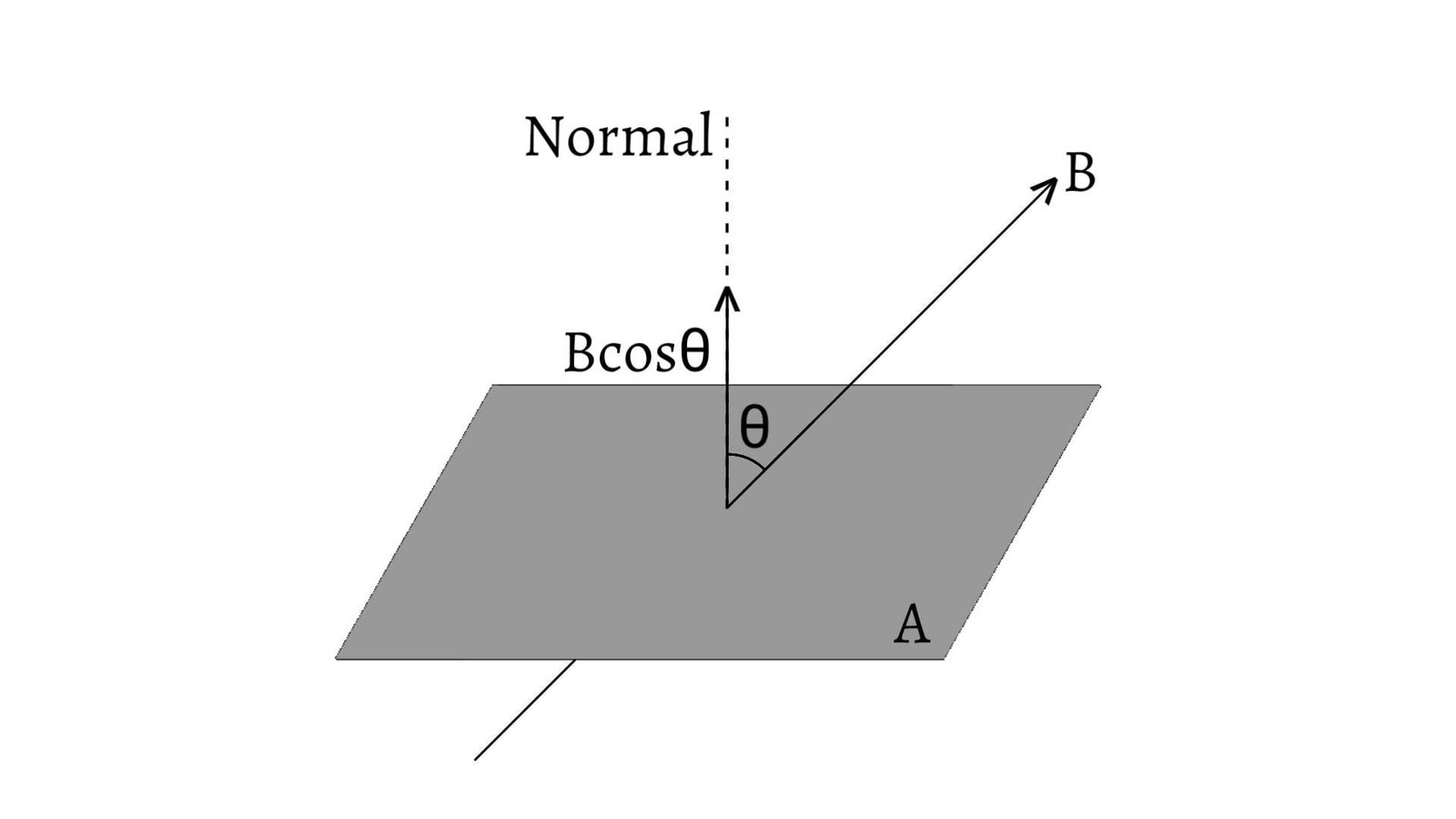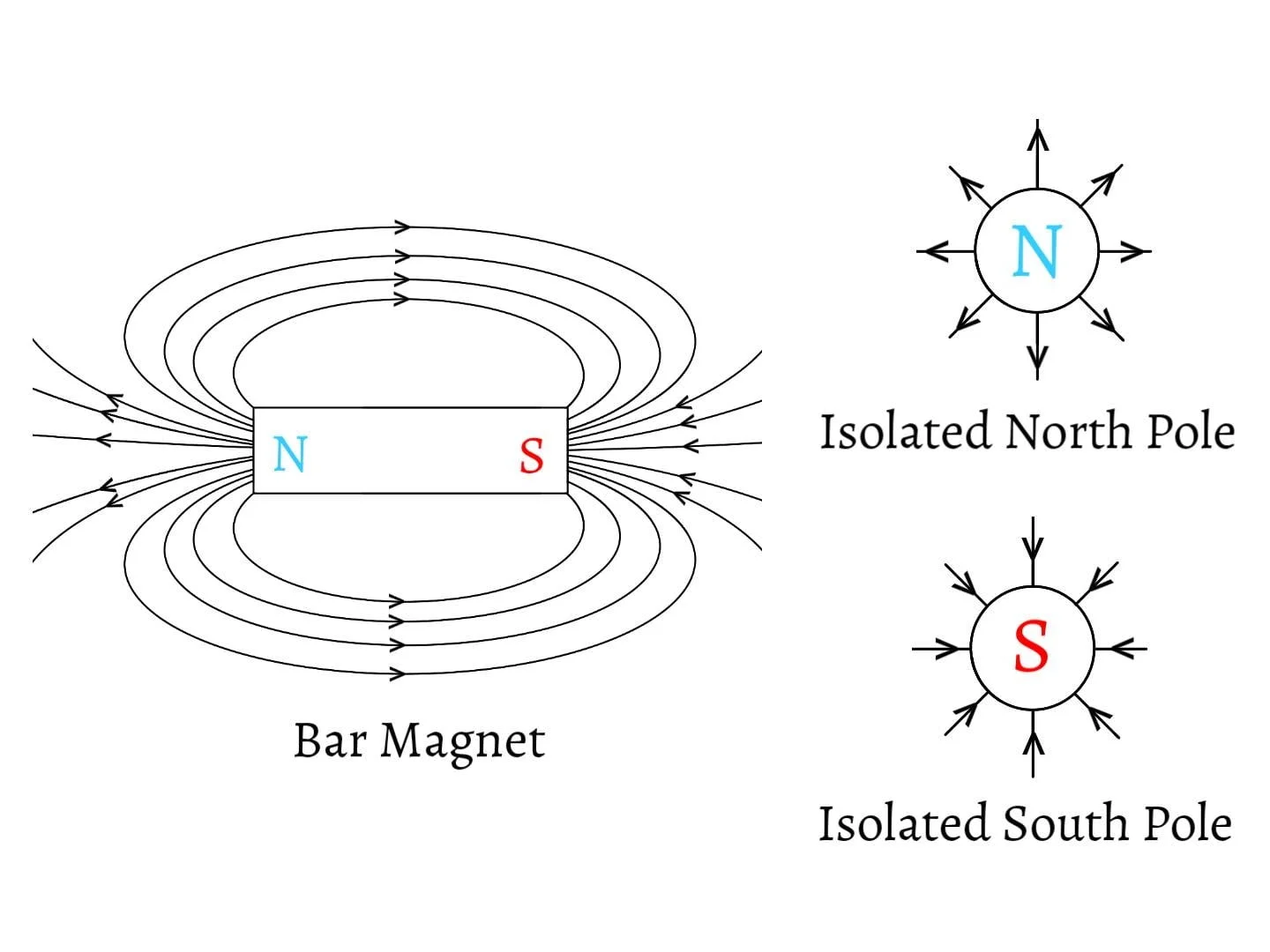Ferromagnetic materials contain permanent atomic magnetic moments. There is a strong interaction with neighbouring atoms which keeps their magnetic moments aligned parallel in small regions even in the absence of an external magnetic field. The microscopic region in the material which is a complete magnet is called a magnetic domain.
The atomic magnetic moments of each domain in the material orient randomly in the absence of magnetic field. Hence, the net magnetic moment in the material is zero and a ferromagnetic substance is observed as a non magnetic substance.
Magnetic Domain When External Magnetic Field Is Applied
When the material is placed in an external magnetic field, the domains tend to orient themselves parallel to the field and the domain boundaries shift such that domains which are magnetized in the direction of the field grow up and that are in other directions shrink. As the applied field becomes stronger, the domains, having magnetic moments not aligned with the field, become very small. When the domains fully align to the field, the material attains magnetic saturation. In this way, the material behaves as a magnet.

The arrows represent the magnetization direction with the arrowhead being the North pole. Consequently, if another piece of iron is placed near the material, the domains of the iron also align in a fixed direction, and the iron also behaves as a magnet. When the field is removed, the domain walls do not move completely back to their former positions and the material retains magnetization in the direction of applied field which results in remanance field and hysteresis effect.
The size of domain is mostly about $1$ $\text{mm}$ in length or width. A typical domain contains $10^{17}$ to $10^{21}$ atoms and occupies a volume of $10^{-12}$ to $10^{-8}$ $m^3$. Each domain behaves like a tiny magnet with a North pole and a South pole.
An iron magnet can remain magnetized for a long time. So, it is referred to as a “permanent magnet”. But dropping the magnet on the floor or striking it with a hammer can break the order of domains and the magnet can loose some or all of its magnetism. The same thing happens when it is heated.
More on Magnetism
- Magnet
- Magnetic Field
- Magnetic Intensity
- Magnetic Vectors
- Magnetic Permeability And Susceptibility
- Classification of Magnetic Substance
- Magnetic Hysteresis
- Terrestrial Magnetism
- Elements of Terrestrial Magnetism





